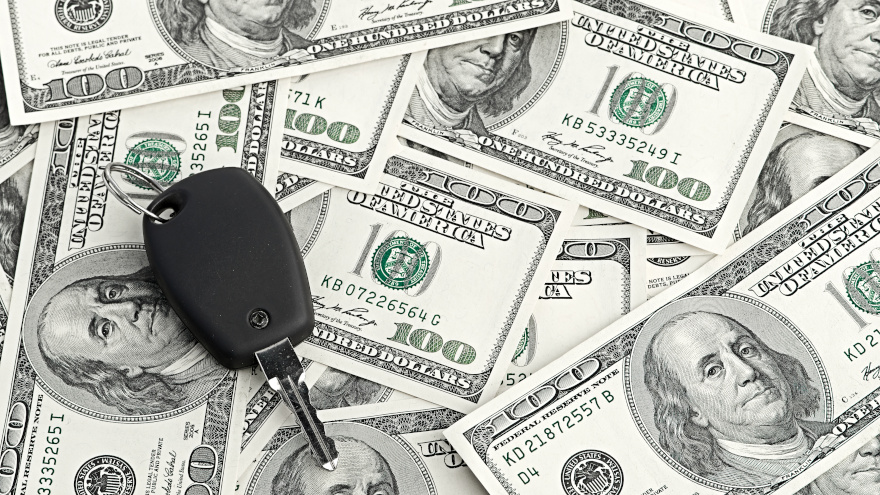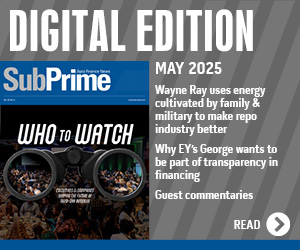Auto defaults now below 1% for 15 straight months

The auto default rate now has been below the 1% level for 15 consecutive months, according to data assembled by S&P Dow Jones Indices and Experian.
The streak continued thanks to a small dip in the auto segment of the S&P/Experian Consumer Credit Default Indices released earlier this week. Based on data through March, the auto default rate edged 3 basis points lower to 0.48%.
The last time the auto default rate sat above 1% was in December 2019 when analysts pegged it at 1.02%. Six months later, thanks to the pandemic and accommodations provided by finance companies, the rate dropped by more than half to an all-time low of 0.40%.
Meanwhile, analysts indicated the March composite rate — a comprehensive measure of changes in consumer credit defaults — ticked 1 basis point higher to 0.54%.
While the first mortgage default rate was unchanged at 0.37%, S&P and Experian discovered the bank card default rate rose 22 basis points to 3.15%.
Looking at the five large metropolitan areas analysts track for each update, four of those five cities generated higher default rates in March compared to the previous month.
Miami led the way with an increase of 7 basis points to 1.23%, while Los Angeles was right behind with a rise of 6 basis points to 0.50%.
Chicago moved 4 basis points higher at 0.59%, and New York ticked up 3 basis points to 0.86%.
The last city in the rundown — Dallas — remained unchanged at 0.59%.
Jointly developed by S&P Indices and Experian, analysts noted the S&P/Experian Consumer Credit Default Indices are published monthly with the intent to accurately track the default experience of consumer balances in four key loan categories: auto, bankcard, first mortgage lien and second mortgage lien.
The indices are calculated based on data extracted from Experian’s consumer credit database. This database is populated with individual consumer loan and payment data submitted by lenders to Experian every month.
Experian’s base of data contributors includes leading banks and mortgage companies and covers approximately $11 trillion in outstanding loans sourced from 11,500 lenders.


